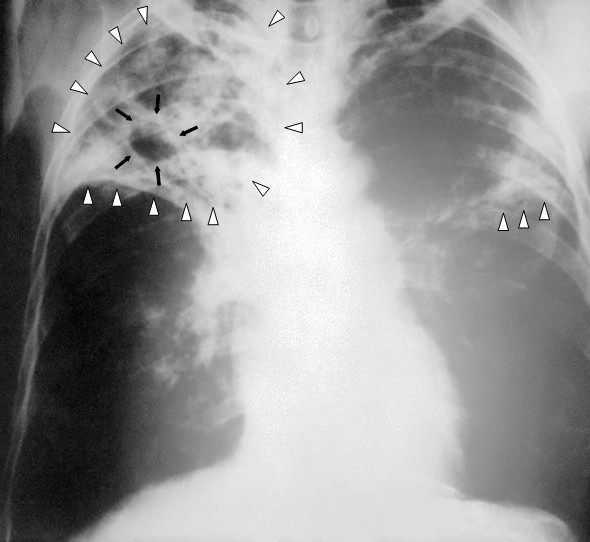Since the 1990s, the (TB) mortality rate has declined by 45% worldwide. One of the primary reasons for this success was the implementation of the Directly Observed Therapy, Short Course (DOTS) program. The DOTS program has been one of the most effective methods for controlling TB transmission worldwide, and it has shown to have a higher cure rate and lower incidence of adverse reactions compared to non-DOTS regimens.
The DOTS strategy was first developed by Karel Styblo in the 1970s and 1980s for use in Tanzania and Malawi. His goal was to create a cost-effective system which would increase cure rates of TB. With cure rates in these countries increasing from 40% to 80% within five years of implementation, the World Health Organization (WHO) and the World Bank collaboratively began to adapt DOTS in all countries worldwide, successfully implementing programs in China, the Netherlands, and even New York City.
DOTS has five main goals: political commitment and financing of the program, increased case detection rates via improved laboratory resources, supervised treatment of patients with constant encouragement and support from local healthcare workers, adequate drug supply, and frequent comprehensive evaluations of each DOTS program.
The basis for the DOTS program revolves around addressing issues that prevent successful treatment of TB: screening, length of treatment, and patient adherence. Case finding and successful treatment of infectious cases is the key to effectively controlling the disease, especially in developing countries. TB-infected patients who are involved with the DOTS program either travel to their local health center or are visited by a health worker each day for the duration of their course and directly observed while taking their medication. This guarantees that patients will complete an entire six-month regimen, which ensures complete remission and also prevents the development of drug resistance.
Image Source: Spencer Platt / Staff
One of the UN’s Millenium Development Goals is to stop the increase in incidence and halve the mortality of TB by 2015. While there has been a lot of progress in the treatment of tuberculosis in the past 20 years, TB and its complications continue to pose a significant public health problem worldwide. With nine million new TB cases in 2013, TB is currently the second leading cause of death from infection worldwide. Some of the challenges include the stigma against the disease, expansion of DOTS programs, the emergence of multi-drug resistant TB, and disparities in access to screening and treatment. Continued support and diligence in attacking the disease is required in order to reach the WHO’s goal of significantly reducing the global burden of TB.
Feature Image Source: #2543 by CDC Public Health Image Library










